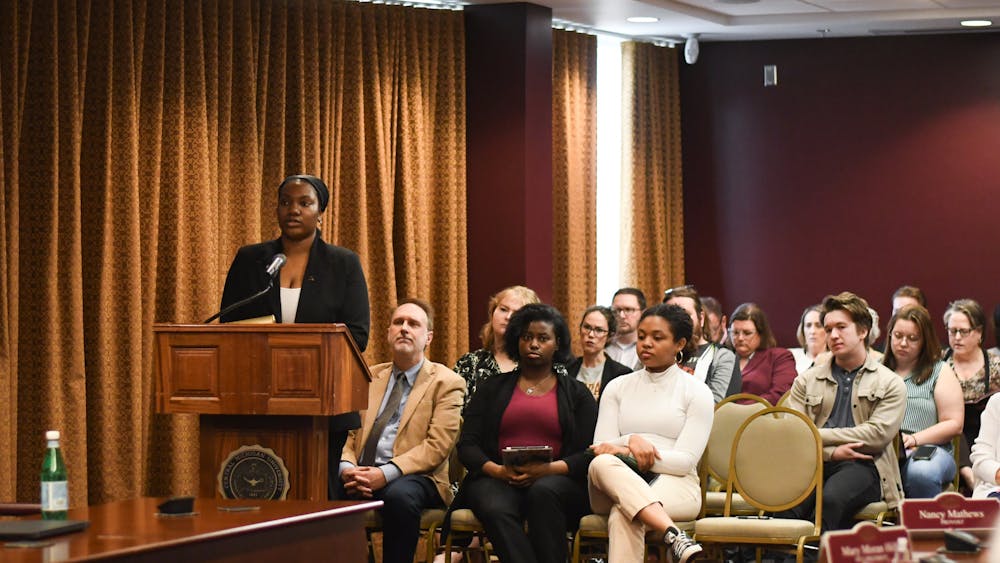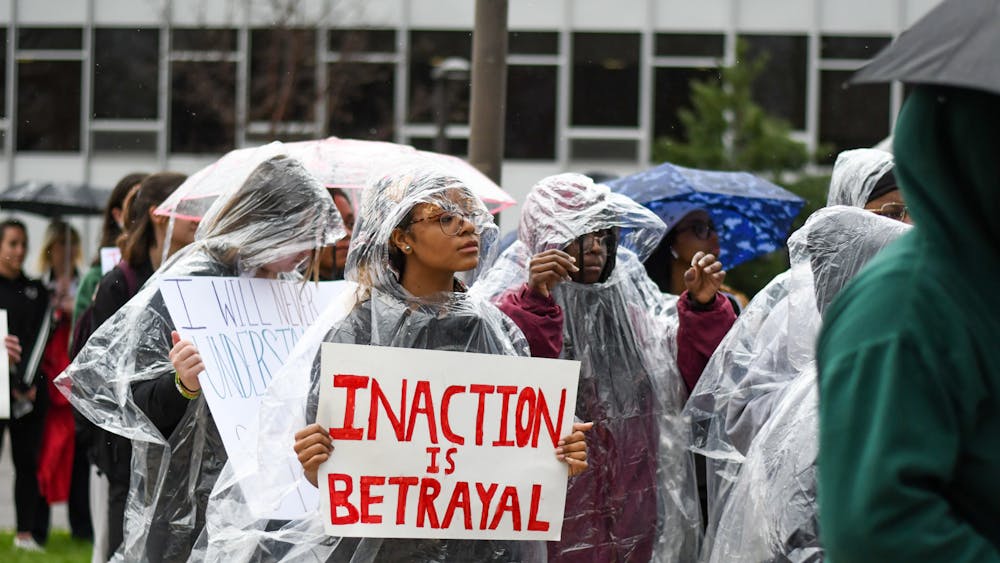Female mutilation happens all over the world, even in America
Not all girls are treated equally.
Across the world, girls are faced with the challenges of dealing with boys, makeup and popularity. Some young girls are pinned down with their legs spread and vaginas butchered in the name of a cultural, religious or social cause.
Female genital mutilation. It is an international issue that affects between 100-140 million girls and women worldwide. The age range varies from birth to mid-30s, though it typically happens to prepubescent girls.
This atrocity is recognized as a human rights violation. It is not just a “girl” problem, but a problem that affects our most precious resources.
FGM occurs in some African and Asian countries, the Middle East and in areas of North America and Europe.
Why should you care? Because this issue is not too far removed.
One year ago this month, a baby girl born in La Grange, Georgia, had her clitoris removed by her 35-year-old mother around September last year. The mother was arrested this past March on charges of female genital mutilation, according to a Ledger-Enquirer news article.
The now one-year-old girl thankfully lived. Many others, though, are not as lucky.
Some of the immediate physical reactions to FGM are intense pain and hemorrhaging that can lead to shock throughout and after the procedure. The tools used with FGM can vary from a bloody glass shard, tin lid or a razor blade. Wound infection and urine retention can occur. The most severe result of FGM is death.
In the mid-1990s, the World Health Organization created four broad categories for FGM. One is the removal of the clitoral hood — with or without removal of part or all of the clitoris. Others are infibulation, the removal of part or all of the external genitalia and stitching or narrowing of the vaginal opening leaving a small hole for urine and menstrual flow.
One of the strong pulls of continuing FGM is the social pressure to continue it in cultural traditions, sometimes used as community celebration.
FGM also is considered by some as a core to raising girls in preparation of adulthood and then marriage. In some societies not undergoing FGM would deem a girl “unmarriagable.”
FGM also would be used to control the sexual behavior of a woman and, in a marriage, keep her sexual stamina low.
Action can be taken to diminish and eventually wipe out FGM. Actions as simple as a click of a button to purchase items to support ending FGM, or even protesting about it can help. Make a simple step to help a little girl. Through education about FGM, something, anything, can be done.
For more information or to help donate to the Asante Africa Foundation of FGM, go to squidoo.com/stop-fgm.
To sign a petition against FGM, go to petitiononline.com/fgm2003/petition.html




